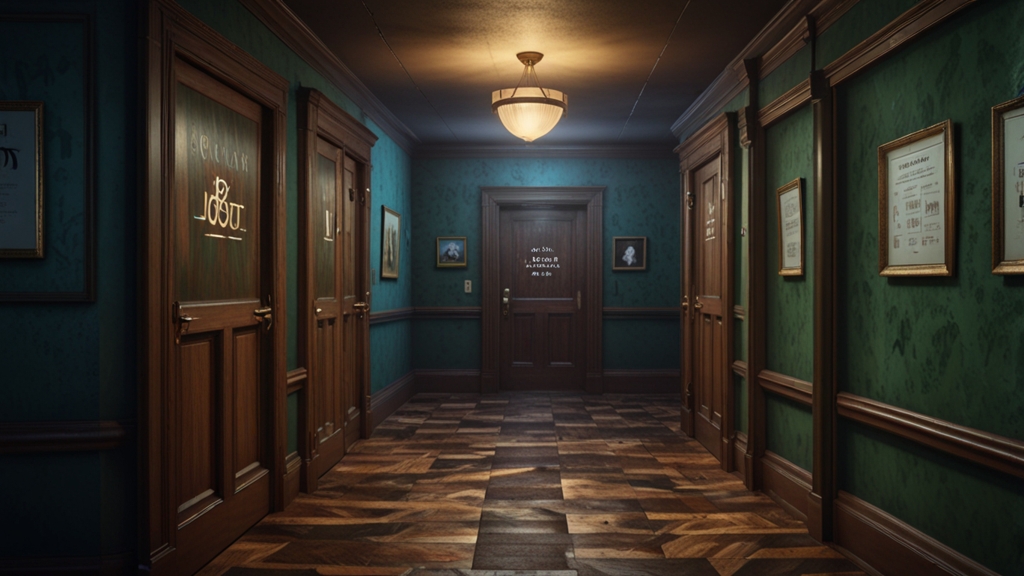The Art of Writing Epistles: Tips from the Masters
Letter writing, or epistolary communication, has transcended centuries and continues to be an intimate form of expression and storytelling. The mastery of epistles can be traced back to historical figures who have redefined communication through their profound and eloquent letters. Whether you aim to capture the sentimental nostalgia of a handwritten note or the precision of a professional communication, the art of writing epistles can be honed by learning from the masters.
Understand the Purpose
Before penning down an epistle, it's essential to understand its purpose. Is it a love letter, a formal business letter, or a friendly note? The purpose guides the tone, structure, and content of your letter.
"The purpose of words is to convey ideas. When the ideas are grasped, the words are forgotten." – Confucius
The ancient philosopher reminds us that clarity and intention should always be at the forefront of our written communication.
Engage the Reader
Much like a captivating novel, an epistle should engage the reader from the very beginning. Start with a greeting that sets the tone of the letter and immediately establishes a connection with the reader.
The famed author Jane Austen, known for her intricate epistles, often started her letters with a warm and engaging salutation:
"My dearest Cassandra, I have just received your affectionate letter..."
The warmth of the greeting draws the reader in, making them eager to continue reading. Personal touches like these make letters memorable and cherished.
Maintain a Conversational Tone
One of the hallmarks of a well-written epistle is its conversational nature. This is crucial for personal letters but can also be adapted for professional correspondence to appear more approachable and genuine. Think of the reader as a participant in a dialogue rather than a passive recipient of information.
Benjamin Franklin, a master of the art, often used a conversational tone in his letters. He wrote to his daughter Sarah Bache in 1784:
"Dear Sally: You tell me you sometimes hear from your friends and learn about the situation of things here. Our mode of life is compact and unembellished, Susan and I being generally alone."
Such a tone not only conveys information but also fosters a sense of intimacy and immediacy.
Be Mindful of Structure
The structure of an epistle should be coherent and logical. Much like an essay, it should have an introduction, body, and conclusion.
- Introduction: Begin with a greeting and a brief introduction to the subject of your letter.
- Body: This is where you elaborate on your main points or share your news. Ensure you stay on topic and your paragraphs flow logically.
- Conclusion: Summarize your thoughts, express gratitude or well wishes, and end with a warm sign-off.
Following a clear structure will make your letter easy to follow and impactful.
Pay Attention to Detail
Details are what bring an epistle to life. These can be the little anecdotes, descriptions, or specific questions that show you are thinking about the recipient and genuinely interested in their response.
Mark Twain was a master of detail in his letters. He vividly described his surroundings, feelings, and thoughts, which allowed the reader to experience his world:
"I take undying delight in writing, just now. It elevates and amuses me so. The lapses of time are forgotten, trifles are enlarged, and there is a glow and a pleasure in the thing which can never be present at the moment of occurrence but must wait for the future retrospect."
Practice Empathy
Lastly, empathy is a fundamental trait of successful letter writers. Understanding and reflecting the emotions and circumstances of the recipient in your writing will make your letters resonate more deeply.
Emily Dickinson, renowned for her heartfelt and empathetic letters, wrote to her mentor Thomas Wentworth Higginson:
"Your kindness claimed me for its own before I had a right to give or to withhold a gratitude so sweet."
Her empathetic tone and thoughtful regard for Higginson’s kindness exemplify how connecting with your reader's emotions can yield a lasting impact.
Conclusion
In essence, the art of writing epistles lies in clarity, engagement, structure, detail, and empathy. By drawing inspiration from the masters like Austen, Franklin, Twain, and Dickinson, we can craft letters that not only convey messages but also forge deeper connections with our readers. So, pick up your pen (or keyboard), and start writing!












